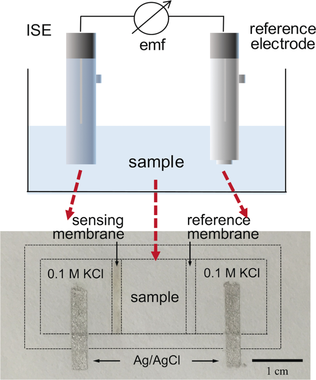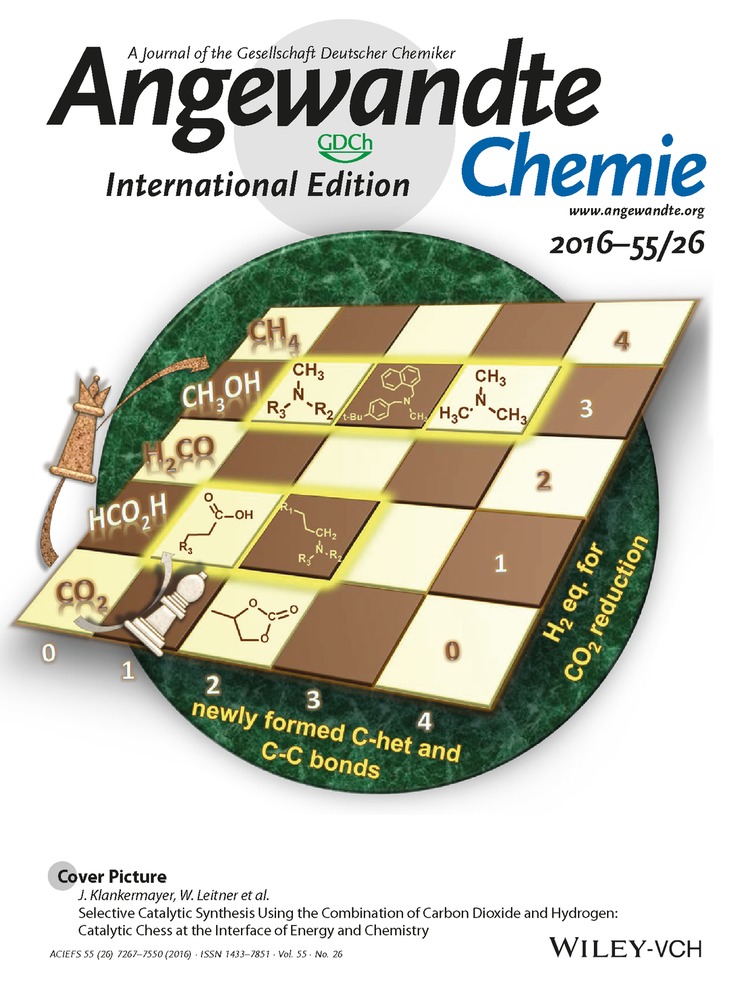A Disposable Planar Paper-Based Potentiometric Ion-Sensing Platform
Graphical Abstract
Paper-based sensors: Embedding a potentiometric cell into paper brings selective ion sensors into the reach of users with limited resources and training. The paper-based device is simple to use, does not need any pretreatment, and requires only a low sample volume of 20 μL. It can be used to detect clinically relevant ions in biological samples with high sensitivity and reproducibility. ISE=ion-selective electrode.
Abstract
Ion-selective electrodes (ISEs) are widely used tools for fast and accurate ion sensing. Herein their design is simplified by embedding a potentiometric cell into paper, complete with an ISE, a reference electrode, and a paper-based microfluidic sample zone that offer the full function of a conventional ISE setup. The disposable planar paper-based ion-sensing platform is suitable for low-cost point-of-care and in-field testing applications. The design is symmetrical and each interfacial potential within the cell is well defined and reproducible, so that the response of the device can be theoretically predicted. For a demonstration of clinical applications, paper-based Cl− and K+ sensors are fabricated with highly reproducible and linear responses towards different concentrations of analyte ions in aqueous and biological samples. The single-use devices can be fabricated by a scalable method, do not need any pretreatment prior to use, and only require a sample volume of 20 μL.





